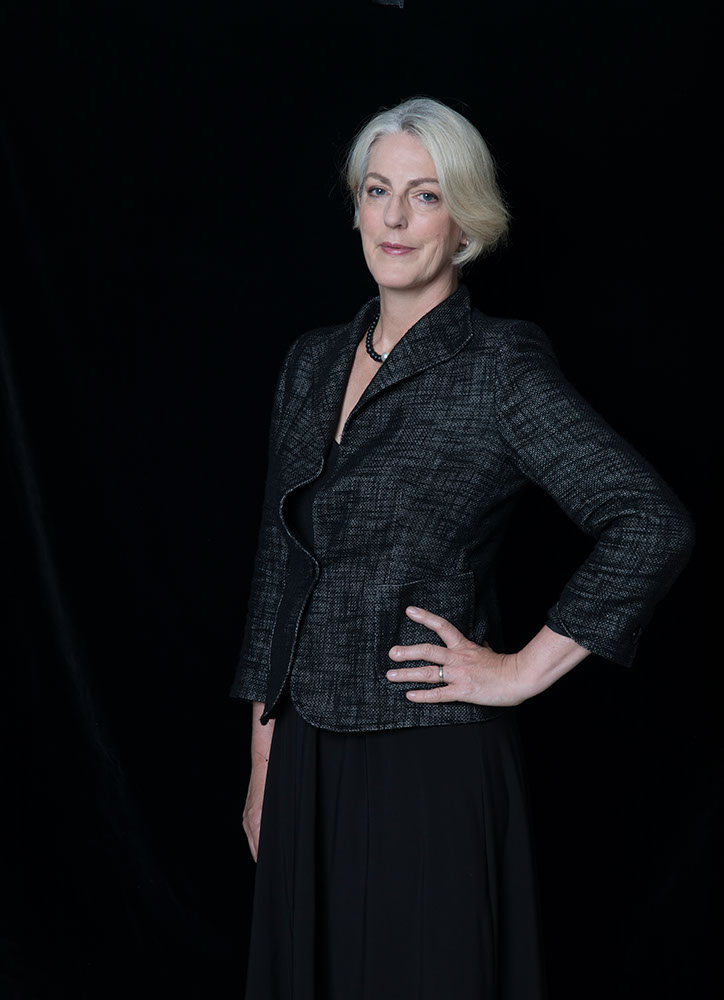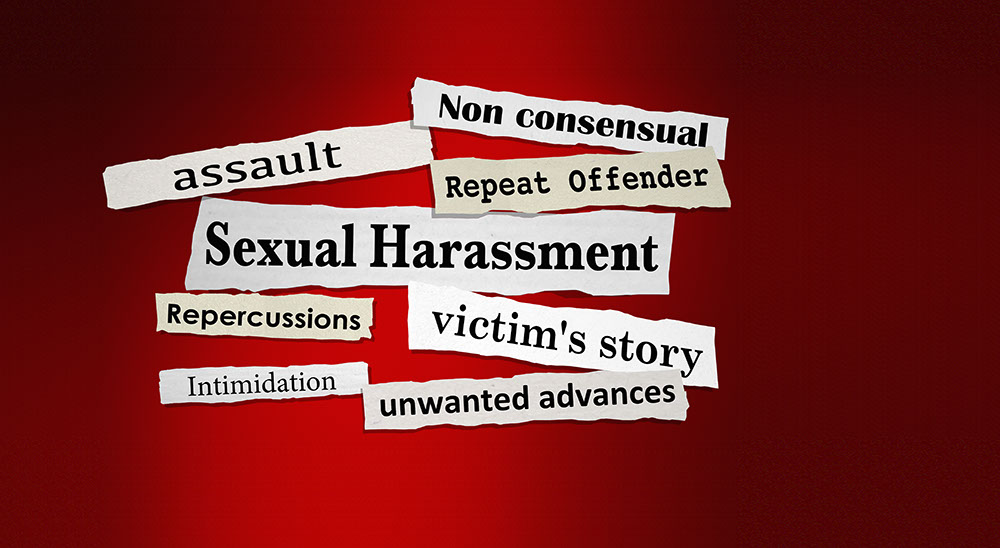A Tsunami of Complaints

Monday, 22 June 2020, was a quiet day. I was working at home (as were we all!) and reading into a brief for a mediation later that week. Just before 4.30pm I happened to be browsing Twitter and saw a link to a statement from the Chief Justice of the High Court. As I read the statement, I did not expect to read the name of the former justice who had been accused of sexually predatory behaviour with a number of his young, female staff members. But there it was, along with a sincere and clearly heartfelt apology from Chief Justice Kiefel, along with the words 'Their accounts of their experiences at the time have been believed.'
Shortly afterwards the Sydney Morning Herald’s investigation by Kate McClymont and Jacqueline Maley (for which they later won Kennedy and Walkley awards) was published, and for the next twenty-four hours or so my phone, and I think that of every other woman barrister, blew up.

At first it was incoherent messages of surprise and shock – 'OMG OMG OMG' was particularly common. 'Did you know?' (no, not a whisper), 'Have you read the CJ’s statement?' (many times!) and, most tellingly, and more frequently over the next few weeks, 'something similar happened to me. Can we talk?' (yes, of course).
I received texts, phone calls, visits, and emails, from people I knew, from people I did not know, from leaders of the profession and the most recent practitioners. What became clear was that the problem of sexual harassment in the profession was endemic, and that it was not limited to a particular High Court Justice.
It also became clear to me that complaints were not limited to another time, when people were less enlightened, felt more entitled to a woman’s attention and to her body, and were able to be predatory without fear of repercussion. Many of the complaints were recent.
Since June 2020, much has happened within our institutions to assist women – let’s face it, it is mainly women, although I have spoken to men who have been harassed as well – to make complaints.
For example, the NSW Office of the Legal Services Commissioner is seeking to put together a picture of what sexual harassment in the legal profession looks like. To that end, the Office’s website1 enables informal complaints of sexual harassment, including anonymous complaints. In the words of the complaint section of the website:
Our guiding principle is to never cause you further trauma. We need your reports so we can start to plan the end of the impunity that perpetrators currently think they enjoy.
Streamlining complaints processes while allowing harassment and predation to fly free is clearly not the whole answer. It is true that providing a consistent and easily accessed process by which complaints as to hostile work environments can be made – including of sexual harassment – is a powerful deterrent to such conduct. Workplaces with a strict hierarchical power dynamic where men outnumber women and most supervisors are male is a known risk factor for sexual harassment. Does that sound familiar? The NSW Bar keeps statistics2 and while women are creeping up in total numbers to close to 25% of the Bar, there are only 15 women of more than 25 years’ standing, as opposed to 297 men, and less than 13% of senior counsel are women.
Without a current numerically significant cohort of women to provide a balanced and diverse leadership, two things are of importance. The first is that equitable briefing – to ensure that women are given the opportunity to take up leadership positions in equal proportions to men – is vital in developing female talent at the Bar. The second is that institutions such as the courts must take the lead in providing safety for those who work for and in them, and they must demonstrate that their commitment to that safety is not merely providing a structure and some basic training and then leaving the process to stall.
Both the High Court of Australia and the New South Wales Supreme Court have responded to the crisis triggered by the Heydon allegations by providing systems and supports for the personal staff of judges, which prior to mid-2020 had an intensely personal relationship albeit one which was funded by the courts’ budgets. Now, the NSW Supreme Court’s Inappropriate Workplace Conduct Policy gives staff a clear structure for the making of complaints including the ability to raise concerns anonymously (with the consent of the person making the complaint) by way of an independent consultant. The policy has already been reviewed and the Court is working with the Judicial Commission to improve education around workplace conduct.
What became clear was that the problem of sexual harassment in the profession was endemic, and that it was not limited to a particular High Court Justice.
The Chief Justice of New South Wales spoke at the 2021 Opening of the Law Term Dinner3 in early February 2021 about the importance of maintaining trust in institutions, including the courts. The Chief Justice said:
The legal profession has had a significant problem with sexual harassment. Legal workplaces feature many risk factors for sexual harassment including power imbalances, systems of patronage, interconnectedness, long hours and the reality that men continue to hold most senior positions. Fortunately, all branches of the profession have become acutely aware of the problem and the need to endeavour to eliminate it.
The Chief Justice spoke of the need to preserve and improve diversity in the profession, and recognised that workplace harassment had the effect (as seen from the Heydon allegations) of the loss of talent – mainly among young women who are the target of harassment, and not, as would seem more appropriate, of the harassers themselves. The Chief Justice recognised that even small acts, such as recognising family commitments of practitioners and seeking to accommodate them, have the effect of demonstrating the commitment of the judiciary to diversity.
As a mother, and as a former President of the NSW Bar who had many positive discussions with the Chief Justice about family responsibilities, I was particularly heartened to hear this:
Judges engender trust in the judiciary when we recognise the human side of the lawyers that come before us.
We do this when we afford everyone in our courtrooms respect and courtesy. When we recognise and accommodate the pressures many practitioners face in juggling a career in the law with family responsibilities. While they may appear insignificant, these acts demonstrate the commitment of the judiciary to diversity. We must ensure that going to court isn’t a Darwinian experience where only the ones with thick skin or without children on their back survive. This relates back to the idea that judges that engender trust are not necessarily the most technically competent, but the ones that demonstrate the values at the heart of the institution by their tolerance, their respect and their courtesy.
Much like the novel coronavirus, sexual harassment will never go away. But, like the measures taken by Australia to reduce the effect of the former, much can be done to minimise its impact. The steps that are currently being taken to improve complaints procedures are but one measure; by far, in my view, the more important one is to accelerate efforts to improve diversity, in particular gender diversity, at the Bar. This will provide better outcomes for the profession as a whole, so that it reflects the society we live in, and, importantly, reduces the significant male-dominated leadership. Not until women at the Bar are able to take up senior and leading roles in the proportion that they occupy in society will our profession truly be an inclusive one. The tsunami of complaints which I, and my fellow senior women, received in mid-2020 is testament to the need for more women at all levels of the Bar and in the judiciary.